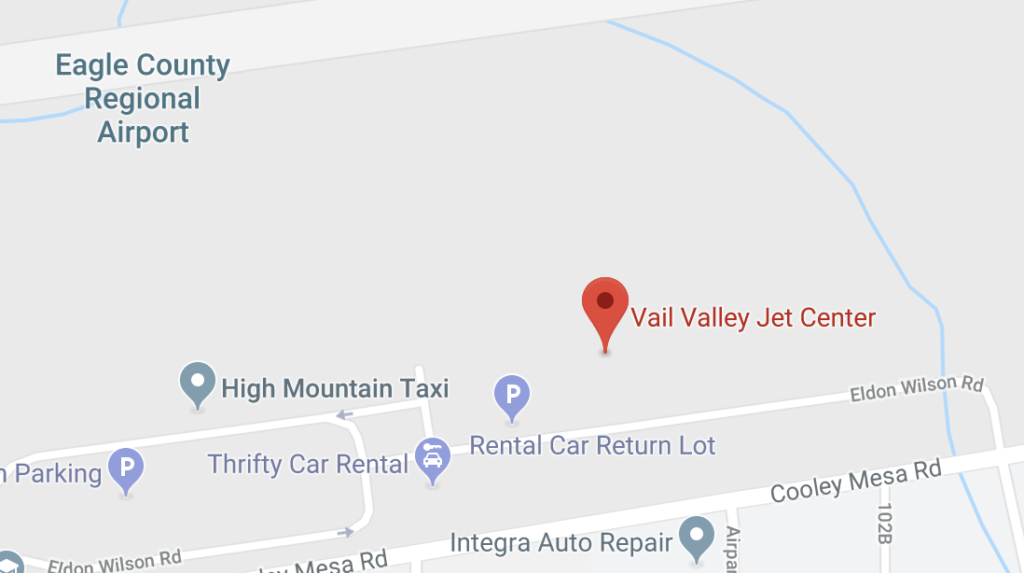CRM is more than just being nice!
Crew Resource Management
Continental Airlines Flight 1943
Continental Airlines flight 1943 illustrates a unique CRM problem unlike that of most aviation accidents. In February of 1996, the crew of a Douglass DC-9 accidentally landed gear-up in Houston, Texas. Unlike most crews involved in accidents, this crew was very friendly, they liked each other, and they appeared to cooperate and communicate well. The missing element therefore was something else. To illustrate this problem I’ll refer to the following “trite little scientific equation” that a CRM instructor introduced me to. The equation is written as professionalism + niceness + teamwork = safety.
The crew appeared to communicate and interact in a positive manner, i.e. they were nice to each other. Both pilots appeared to be functioning as a team (that is until the last 30 seconds!) The primary missing element, therefore, was professionalism. In the analysis of the CVR, it is my opinion that the captain set precedence for lack of professionalism and the first officer followed his lead. By the strictest CRM definitions this would be a failure to set boundaries and define roles and norms, both for himself and for his crew. Probably the most glaring example of this lack of professionalism is the lack of adherence to the 10,000 foot sterile cockpit rule. Even as they flew down the glide slope at 3,000 feet the captain was still chatting about how his tennis plans would be messed up by the weather.
This lack of professionalism resulted in the pilots being less focused on the task of flying the airplane than they should have been. The lack of focus, the breakdown of the sterile cockpit, and the captain’s preoccupation in personal issues of tennis resulted in the in-range check not being completed. This checklist included activation of hydraulic pressure, which never occurred, resulting in the flaps, slats, spoilers, and landing gear not functioning.
On two occasions there was talk about the flaps not functioning, however neither pilot tried to determine the cause, and no one ever verified that the landing gear was down and locked. As the flight continued to the critical phase of landing, the first officer was flying and he voiced concerns several times about the aircraft’s speed, the fact that there were no flaps, and the un-stabilized nature of the approach. The first officer asked for a go-around, however the captain rejected the request. Instead of listening to the first officers concerns, the captain instead assumed control of the aircraft through a positive change of control, and proceeded to land the aircraft at 193 knots – 80 knots faster than normal without gear, flaps, slats, or spoilers.
There is a fundamental concept I mentioned in an earlier paper, and it begs being repeated for this accident. The concept was that it’s my belief that if either pilot calls missed then the flight should go missed, and if either pilot calls go-around then there should be a go-around. I believe in these last few minutes there was a breakdown of the teamwork, the first officer advocated a safer course of action, the captain insisted continuing the present course. The captain should have had enough respect for his first officer to think that perhaps he was aware of something that he wasn’t, and perhaps the go-around was a good idea.
In the end, it was the lack of professionalism that resulted in this accident. To me the CVR illustrates an absolutely shocking lack of professionalism. From the time they were 30 minutes out in cruise, to the time they touched down there were no reading of checklists, referencing of airspeeds, verbal calls of any nature. Neither pilot had good situational awareness of the condition of the plane, or its configuration.
The failing of this captain is that he did not set boundaries, establish roles, or convey a norm of professionalism to his first officer. First officers to some extent need to be adaptive to the style of the captain, and that is exactly what this first officer did, he followed his captain’s bad example. Had this first officer decided to mentally be the leader of the team and maintain his own vigilance over the flight, the captain most likely would have followed his lead since they were friendly towards each other. To some extent, the first officer did this towards the end, but by that time it was too late. The first officer is there to observe and check the work of the captain, and this first officer was not doing his job either.


